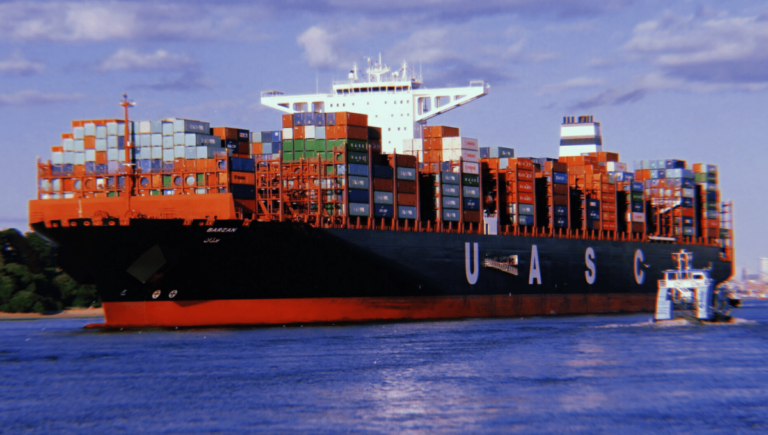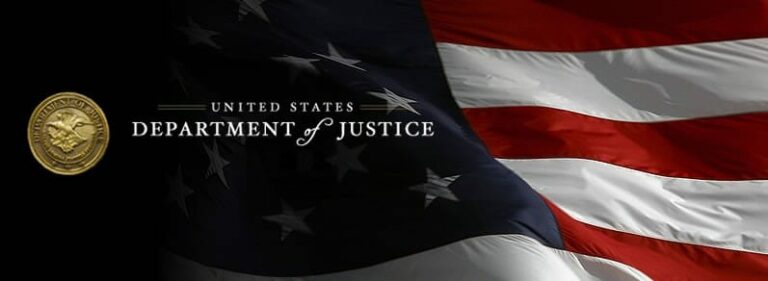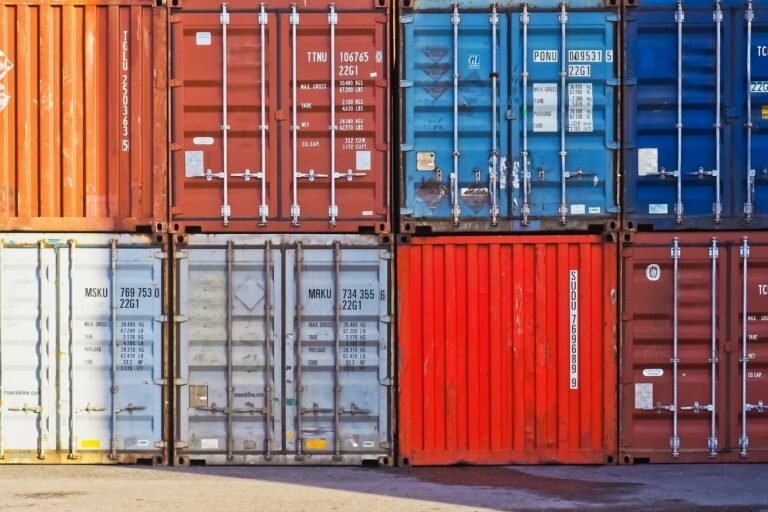Tariff Classification Is Essential to International Trade
When nations engage in trade with each other, their governments use a Tariff Classification system for several reasons. Classifying tariffs allows governments a means to standardize duty and tax collection, enforce laws and international treaties, accumulate data for commercial and economic planning and conduct international trade negotiations.
Conversely, companies that import and export goods have a legal responsibility to identify their goods with the correct tariff classification or face delays in shipping, more inspections and penalties and fines. Incorrect tariff classification can also cost companies money.
About a hundred years ago, trading partners realized that they needed to devise a uniform tariff classification system that would replace the diverse array that individual countries were using. The first attempt at uniform tariff classification was the Customs Cooperation Council Nomenclature which went into use in 1950. This tariff classification system eventually underwent revision to attract more countries and make it compatible with business computerization.
In 1988, most World Trade Organization member countries adopted the Harmonized Commodity Description and Coding System. The Harmonized System (HS) gives participating countries a common system for classifying traded goods. In 1989, the Harmonized Tariff Schedule of the United (HTSUS) replaced the Tariff Schedules of the United States (TSUS).
Currently, more than 200 countries use the international Harmonized System. At the international level, all participants use the same six-digit code system for classifying goods. The HS includes approximately 5000 article/product descriptions appearing as headings and subheadings arranged in 96 chapters. Beyond that, individual countries add additional levels to further refine goods classification for national purposes. For example, countries add levels to identify duty rates and units of measurement.
In the international system, the first two digits relate to the chapter where the good is classified, for example 09 is coffee, tea, mate and spices. The first four digits categorize the more detailed heading, 09.02 is flavored or unflavored tea. All six digits identify the sub-heading which is more specific, 09.02.10 is green tea (not fermented).
Each year the United States International Trade Commission publishes a new addition of the HTS along with printed supplements and electronic revisions that keep the edition current. The Office of Tariff Affairs and Trade Agreements (USITC) publishes the Harmonized Tariff Schedule of the United States Annotated (HTSA) which shows the pertinent tariff rates and statistical categories for imported merchandise. Another agency, the Bureau of Customs and Border Protection provides legally binding guidance or rulings on import classification.
In preparing customs documents, importers should rely primarily on the official HTS since the Commission’s updated HTS publications are statutory in nature and a trustworthy compilation of tariff and statistical provisions for goods in trade. While importers have legal responsibility for classifying their goods, it the Customs Bureau job to interpret the HTS in regards to such goods.
When importers are researching the classification for their goods they could use either the Hierarchical Method or the Keyword or Reference Method. Although the Hierarchical is time-consuming, it is the most thorough. Here is a step-by-step example to illustrate the Hierarchical Method and provide some insight into how goods are classified.
- Find the Section where the product likely exists.
- Read the Explanatory Notes applying to the Section. Where there is ambiguity in Section choices, read the notes for each.
- After identifying the appropriate Section, review the Chapters in the Section, read the Chapters Notes and review the Chapter Notes within the Explanatory Notes.
- Read the Headings in the selected Chapter carefully checking the words in the Heading to make sure it fits the product. Confirm that the product is not excluded or that you are directed to a different Heading.
- Know that legally a product’s classification only exists under one Heading. When in doubt, refer to the General Rules of Interpretation, Legal Notes relevant to the Heading, and the Explanatory Notes.
- After selecting the Heading, classify further to the Subheading level which are the breakouts of the 4-digit Headings. The Subheading can list all products or name a few categories explicitly with the rest falling under “Other”. Sometimes, there are first and second level Subheadings.
Beyond the international Subheading classifications are the country-specific levels. For the U.S., Canada, Mexico and most other countries the 7th and 8th levels determine the duty rate. Referring to the country-specific notes is helpful. In some cases, there are first and second level Tariff items.
Some countries, including the U.S. and Canada have additional levels; look at the 9th and 10th characters if they are not zero and follow the same logic as in previous levels.
The Index and Keyword Method gets the importer to the applicable Classification Number faster and is at least as accurate as the Hierarchical Method. In this method the importer searches on words or phrases to find the Classification Number. Most indexes contain an alphabetical list of product descriptions with suggested a 10-character Classification Number and sometimes include information such as duty rates. The importer can enter one or more keywords when performing a computerized keyword search. To ensure accurate classification, an importer must verify the Classification Number returned by the lookup.
Although there is extensive information in the Harmonized System of Tariff Classification and Statistical Coding, the systematic layout makes it easier to understand, navigate and apply. When importers understand how the tariff classification process functions, they are better able to work with their customs broker or consultant to make sure they classify their goods correctly.








